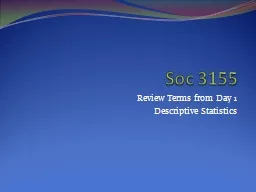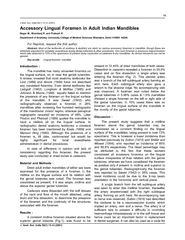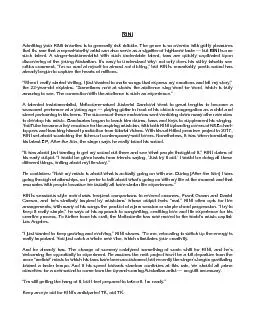PPT-Soc 3155
Author : lois-ondreau | Published Date : 2016-08-02
Review Terms from Day 1 Descriptive Statistics Review I Variable any trait that can change values from case to case Must be Exhaustive variables should consist
Presentation Embed Code
Download Presentation
Download Presentation The PPT/PDF document "Soc 3155" is the property of its rightful owner. Permission is granted to download and print the materials on this website for personal, non-commercial use only, and to display it on your personal computer provided you do not modify the materials and that you retain all copyright notices contained in the materials. By downloading content from our website, you accept the terms of this agreement.
Soc 3155: Transcript
Download Rules Of Document
"Soc 3155"The content belongs to its owner. You may download and print it for personal use, without modification, and keep all copyright notices. By downloading, you agree to these terms.
Related Documents














